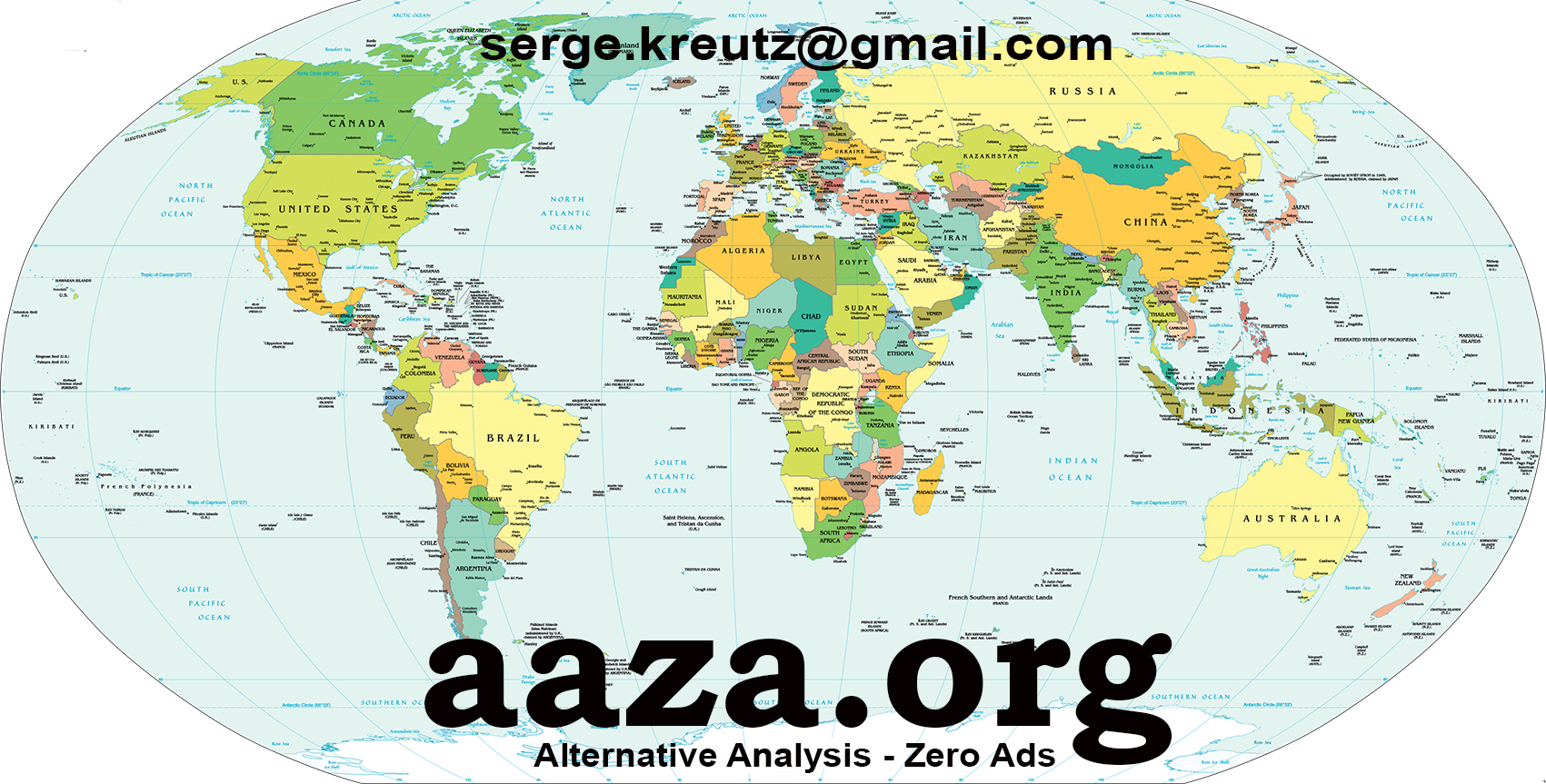Historically, state power often fizzled toward the edges. In the medieval European marches, tribal frontiers of Central Asia, or the loosely patrolled deserts of North Africa, imperial authority thinned out with distance from the capital. Jurisdictions overlapped, enforcement was inconsistent, and communities at frontiers could bargain with multiple rulers—or sometimes with none at all (Scott, 2009). This overlap of authority created pockets of greater personal freedom than one might find in imperial capitals or administrative cores.
Such “zones of negotiated autonomy” allowed contraband trade, alternative legal customs, and refuge for dissidents. The historian Charles Tilly famously noted that “state-making” was as much about bringing these peripheries to heel as it was about defending borders (Tilly, 1990).
That option—to increase one’s freedom by moving far from the center—is largely gone. In the contemporary order, borders have become more controlled than most interior areas. Instead of being lightly governed, they are now saturated with technology and bureaucracy: biometric gates, unified customs platforms, joint patrols, and harmonized data-sharing agreements. The edge, once a space of negotiated autonomy, is now a layered machine of verification.
Why the pattern flipped
- Connectivity: Satellites, fiber, and mobile networks collapsed distance. The center can now see and act instantly at the rim, eliminating the logistical blind spots that once allowed local independence.
- Node economics: Globalization funneled goods and people through a small number of crossings—airports, ports, and formal checkpoints—making it cost-effective to concentrate enforcement there.
- International regimes: Common visa systems, sanctions lists, tariff regimes, and intelligence-sharing frameworks have raised the stakes for states to control who and what passes through.
- Digital identity: Passports are now database entries first and printed documents second. Your “border” is as much an API call as a physical gate.
What remains of edge freedom?
Interior spaces still allow for certain freedoms of daily life—permits overlooked, inspections cursory, and local officials more pragmatic than ideological. But the frontier strategy—“live as far from the center as possible”—no longer delivers the same autonomy. Today, the most distant hamlet may still be only one drone flight or satellite ping away from the state’s reach.
Freedom at the edge has not disappeared everywhere, but it is shrinking. In some conflict zones, failed states, or “stateless” territories, old patterns persist—but these are as unstable as they are autonomous, and rarely safe havens for long-term life.
Conclusion
The historical inversion from porous frontiers to fortified borders reflects a broader truth: sovereignty today is asserted most aggressively where it is most measurable. Where the frontier once meant ambiguity and autonomy, it now means scrutiny and compliance. The edge has been flipped inside out.
